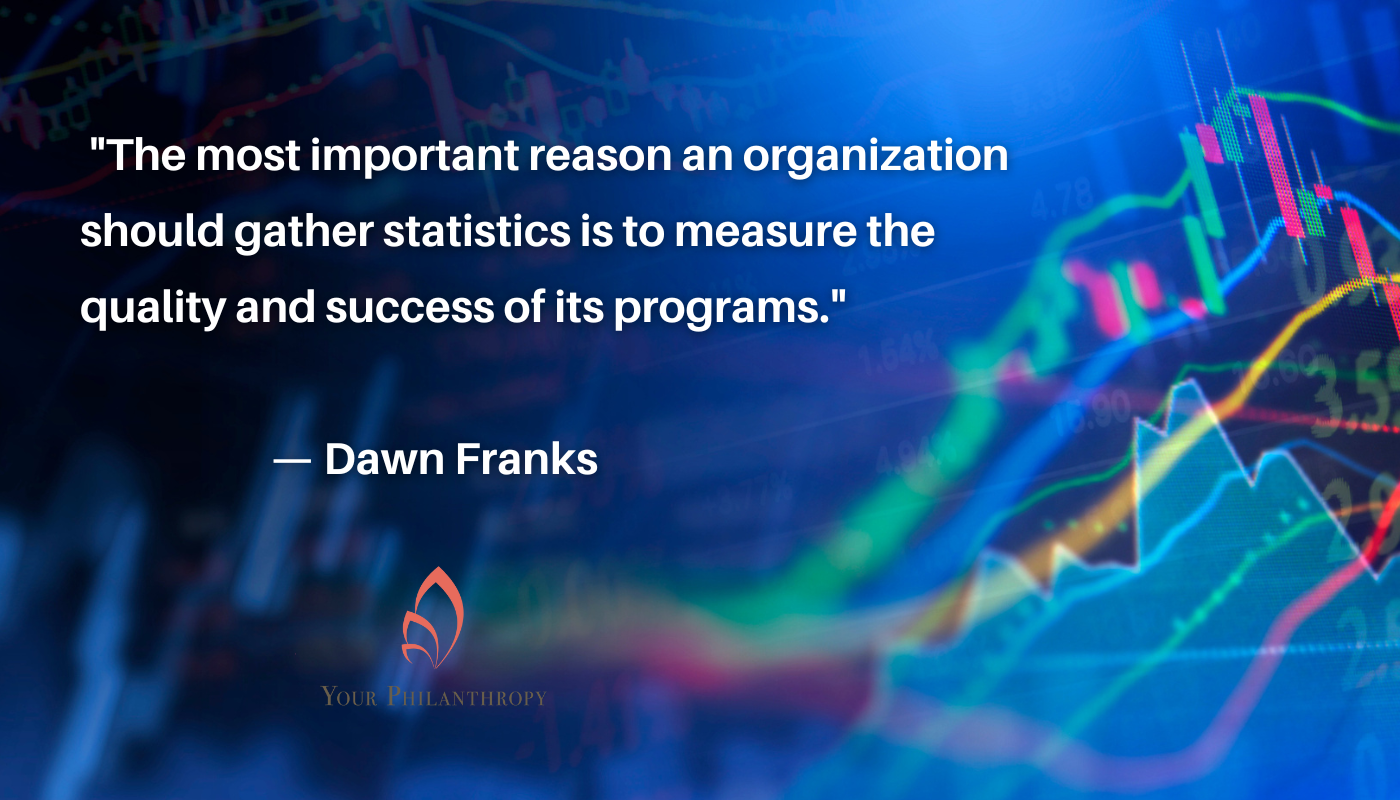The drive to Dallas allowed enough time to prepare for the meeting with a nonprofit organization in transition. While their mission remained the same, how they delivered services was changing. The direction they were heading was cloudy.
So, I had questions and hoped the answers and their projections would clear up my confusion. If so, a significant financial gift would aid the transition and mean the services could impact many more people.
But first, I had to sit through a polished presentation and sort out all the projections. It felt a lot like unraveling that day’s weather forecast.
I checked the forecast before leaving home and anticipated 30-40% precipitation, often described by the weatherman as hit-or-miss showers.
Statistics Lead to Confusion
I’m often confused about the percentages for each day’s rain forecast. Will the rain hit me or miss me?
A friend once told me the local weatherman explained the percentages had to do with the size of the viewing area that could expect rain. But, of course, that was before I could research anything on the internet.
Fast forward 30 years, and now I have Google. I started by wanting to know the difference between terms like spotty, hit or miss, isolated and scattered. After nearly an hour of checking out various sources, I can say my understanding is scattered with some isolated pockets of clarity, but still spotty for the most part.
My search confirmed my friend’s explanation about geographic coverage. What she missed was that it also included a specific period, usually twelve hours, and the degree of confidence the forecaster had in the prediction. That leads to a mathematical formula, creating a nearly useless percentage-based prediction.
It’s the human factor in the equation that’s bothersome, the forecaster’s degree of confidence. And we use that hit-or-miss prediction to make our daily plans.
Four Tips for Understanding their Statistics
It strikes me that this same statistical confusion is present when we read about a favorite nonprofit. I’m often confused about the success of an organization when I read an article, newsletter, or fundraising letter. When the organization reports statistics about its success, I always have questions.
Like the weather prediction of rain or sun, I often can’t be sure what the organization wants to convey. I also wonder if they use their statistical results to improve their programs. The most important reason an organization should gather statistics is to measure the quality and success of its programs. As donors, that’s what matters to us.
Most of the time, we trust them to be right, make the right decisions, and use our donations in the best way. But, sometimes, we still need to unravel their statistics to make the best decisions.
So, here are a few lessons I’ve learned about statistics from nonprofit organizations.
- Percentages are only meaningful if you know the starting number or the total number of participants. For example, eighty percent of 1,000 is 800, while eighty percent of 10 is only 8. Both are accurate but could change your opinion about donating to the organization.
- Percentages in articles and letters should be considered a starting place for a conversation to truly understand the results of the work. The larger the donation you intend to make, the more important it is to explore the meaning of the numbers with someone in the know at the organization.
- When the professional leadership of an organization can explain the percentages and how they are using them to adapt for even more success, you’ve got a winner. Annual statistics can be gathered and reported year upon year with no end in mind or used by the organization to make client success the best possible based on funding.
- Finally, don’t give up on small organizations just beginning to figure all this out, but keep asking them questions. It will help them improve the organization and, most importantly, the end result for those they serve.
All this is true whether we’re talking about serving people, protecting animals, building parks, or preserving historic buildings. Take time to ask questions to increase your odds of being informed.
So, what happened in Dallas? I heard a strong presentation. There were a lot of statistics, but I got the answers to my questions. A very nice donation will soon follow. Then I drove home in the rain.
How do you sort through statistics from your favorite organization? Share your tips and stories with us.
Like it. Use it. Share it. Comment Below.


Your insight on statistics is right on the nose. Being able to track success OR identify programs that are challenged enables agency leaders to make good decisions.